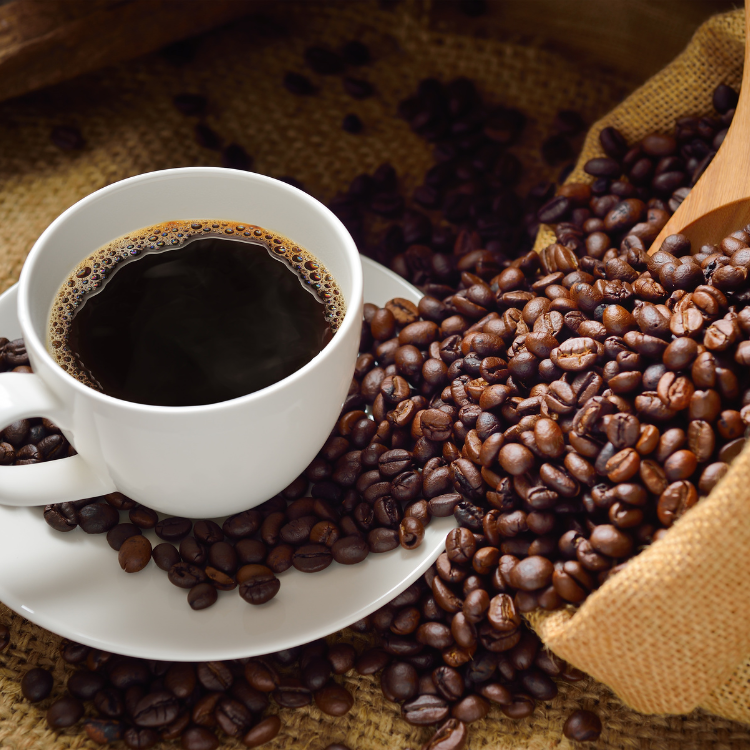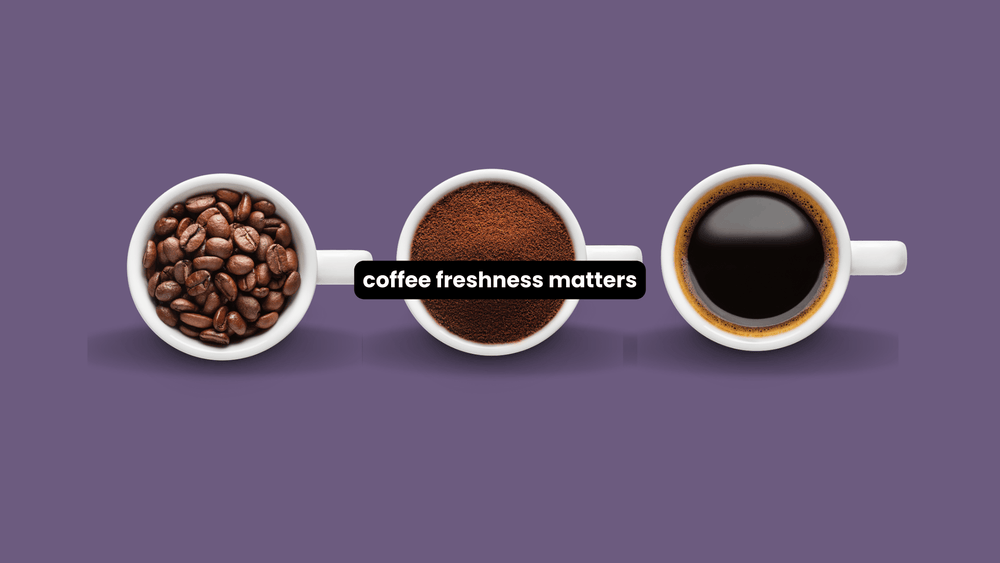coffee freshness guide
why coffee freshness matters
Freshness in coffee isn’t just a nice-to-have—it’s a defining factor in how your cup tastes. When coffee is freshly roasted and properly stored, it delivers complex aromas, clarity, and vibrant flavor. But once those beans sit too long, oxidation kicks in and those lively notes fade. That’s why understanding freshness is key to a better brew.
how long does coffee stay fresh?
There’s no one-size-fits-all answer, but here’s a general timeline of how coffee evolves after roasting:
| Time Since Roasting | What’s Happening | Flavor Impact |
|---|---|---|
| 0–3 Days | Beans are still degassing CO₂, which can interfere with extraction. | Slightly uneven brews; aromas still developing. |
| 4–14 Days | Sweet spot for most coffee—flavor and aroma peak. | Full complexity, vibrant notes, great body. |
| 15–30 Days | Aromatics start to fade; subtle notes may dull. | Still good, but slightly muted flavors. |
| 30+ Days | Oxidation accelerates; stale compounds take over. | Flat, papery, or bitter taste. Freshness mostly gone. |
what causes coffee to go stale?
The moment coffee is roasted, it begins a slow race against time—and the enemies are air, moisture, light, and heat. Oxygen causes oxidation, breaking down the flavorful oils. Exposure to light and humidity accelerates this process, especially if beans are stored in clear or unsealed containers. Grinding speeds up staling dramatically, since it exposes more surface area to the air.
whole bean vs ground: which stays fresher?
Whole-bean coffee retains its freshness longer because the oils and aromatics are better protected inside the bean. Grinding coffee exposes it to oxygen, causing it to stale faster. Here’s how they compare:
| Type | Freshness Window | Best For |
|---|---|---|
| Whole Bean | Up to 4 weeks | Better flavor, grind control, longer shelf life |
| Ground Coffee | 1–2 weeks | Convenience, drip machines, ready-to-brew |
how to store coffee for maximum freshness
Keep your coffee in an airtight, opaque container in a cool, dry place—away from light, moisture, and heat. Skip the fridge or freezer, which can cause condensation. Here are the do’s and don’ts:
- ✅ Use a vacuum-sealed or one-way valve container
- ✅ Store in a pantry or cabinet—not the countertop
- ❌ Avoid clear glass jars or resealable bags
- ❌ Don’t store near heat sources (oven, window, etc.)
Explore our full guide to coffee storage →
fresh roasted vs store shelf coffee
Most store-bought coffee was roasted months ago. Even if it’s labeled “fresh,” check for a roast date—not a best-by date. Roasted-to-order coffee is crafted in small batches and shipped immediately, ensuring peak freshness when it arrives.
how to tell if your coffee is still fresh
Not sure if your beans are past their prime? Use your senses:
| Check | What to Look For |
|---|---|
| Smell | Fresh coffee should smell vibrant, aromatic, and inviting. Stale beans smell flat or dusty. |
| Flavor | Fresh brews taste bright and layered. If your cup tastes dull, bitter, or one-dimensional, the beans may be past their peak. |
| Appearance | Fresh beans often have a slight sheen from natural oils. Old beans may look dry or faded. |
can you revive stale coffee?
Sadly, no. You can mask some staleness with brewing tricks (like cold brew or adding a pinch of salt), but you can’t restore lost aroma or flavor once coffee has oxidized. That’s why freshness matters—start with better beans, store them well, and enjoy them at their peak.

related reads
-
Why Fresh Roasted Coffee Tastes Better
-
Whole Bean vs Ground: Which Stays Fresher?
-
How to Store Your Coffee for Maximum Freshness
-
-
-
